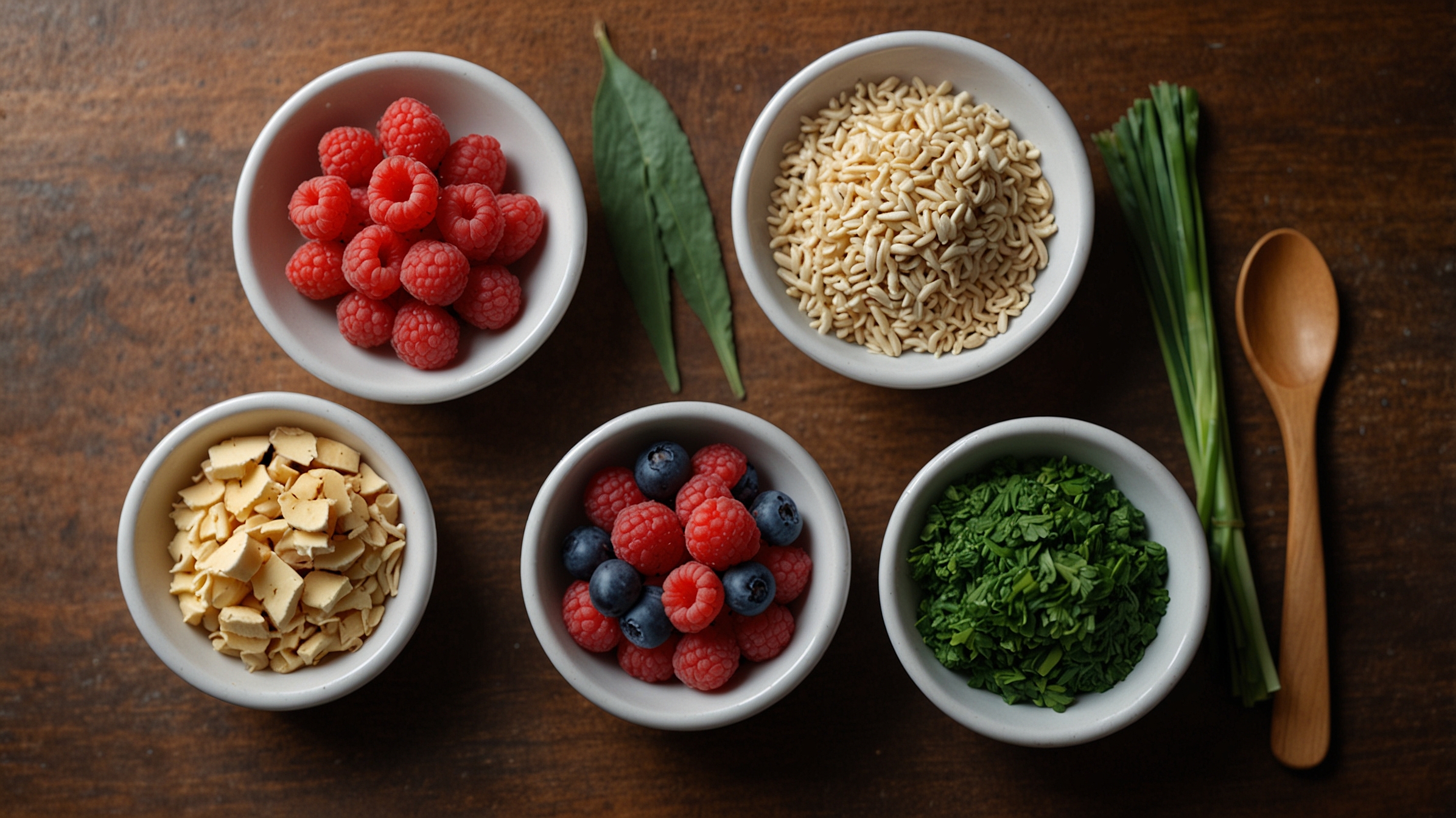We often think of food as fuel or indulgence—but what if it’s also medicine? More and more research shows that what we eat can directly impact how we feel, not just in the short term, but over the course of our lives. At the center of this concept is inflammation—a natural immune response that, when chronic, plays a role in many serious diseases including heart disease, diabetes, arthritis, and even depression.
The good news? The kitchen might be your first line of defense. Certain ingredients, many already in your pantry, have powerful anti-inflammatory properties. Let’s take a look at some everyday staples that don’t just taste good—they actively help your body heal and protect itself.
What Is Inflammation, Exactly?
Inflammation is the body’s natural response to injury, infection, or stress. When it’s acute (like swelling around a cut), it helps us heal. But chronic inflammation—a low-level, ongoing immune response—can damage tissues and is linked to a wide range of conditions including:
- Autoimmune diseases
- Alzheimer’s disease
- Obesity-related issues
- Cardiovascular disease
Factors like poor diet, lack of exercise, chronic stress, and exposure to environmental toxins can all fuel this fire. But the right foods can help put it out.
The Top Anti-Inflammatory All-Stars in Your Kitchen
1. Turmeric
Turmeric’s golden hue comes from curcumin, a compound with strong anti-inflammatory and antioxidant properties. Studies suggest curcumin can reduce markers of inflammation and ease symptoms of conditions like arthritis and irritable bowel syndrome.
How to use it:
- Add it to soups, stews, or scrambled eggs.
- Mix into a smoothie or golden milk (turmeric latte).
- Combine with black pepper (which boosts curcumin absorption by up to 2,000%).
2. Ginger
Ginger is well-known for soothing stomach issues, but it’s also a natural inflammation fighter. Gingerol, the main bioactive compound, has been shown to reduce inflammation at the cellular level.
How to use it:
- Steep fresh slices in hot water for tea.
- Grate into stir-fries, marinades, or salad dressings.
- Add ground ginger to oatmeal or baked goods.
3. Garlic
This flavorful bulb does more than ward off vampires. It contains allicin, a compound with immune-boosting, anti-inflammatory, and heart-protective benefits.
How to use it:
- Add minced garlic to salad dressings, sauces, or sautés.
- Roast whole cloves to mellow their flavor and boost sweetness.
- Mix into dips like hummus or guacamole.
4. Berries
Blueberries, strawberries, raspberries—all of these are packed with antioxidants, especially anthocyanins, which help lower inflammation and oxidative stress.
How to use them:
- Add to smoothies, yogurt, or oatmeal.
- Snack on them fresh or frozen.
- Use in homemade sauces for savory dishes like grilled chicken or salmon.
5. Leafy Greens
Kale, spinach, arugula, and other dark greens are loaded with fiber, vitamins (like C and K), and polyphenols, which help reduce inflammation and improve overall gut health.
How to use them:
- Sauté with olive oil and garlic.
- Add raw to salads or blend into green smoothies.
- Use as a base for grain bowls.
6. Extra Virgin Olive Oil
Rich in oleocanthal, olive oil has anti-inflammatory properties similar to ibuprofen. It’s also heart-healthy and rich in antioxidants.
How to use it:
- Drizzle over veggies or whole grains.
- Use as the base for salad dressings or dips.
- Cook gently at low to medium heat (high heat can degrade its quality).
7. Fatty Fish
Salmon, mackerel, sardines, and other oily fish are high in omega-3 fatty acids, which have been shown to reduce levels of inflammatory markers.
How to use them:
- Grill or bake and serve with vegetables.
- Flake into salads, pastas, or rice bowls.
- Aim for 2 servings per week for optimal benefits.
8. Nuts and Seeds
Almonds, walnuts, flaxseeds, and chia seeds are rich in healthy fats, fiber, and antioxidants. They support heart health and may help regulate inflammation.
How to use them:
- Sprinkle on oatmeal, yogurt, or salads.
- Blend into smoothies or nut butters.
- Snack on a small handful between meals.
Foods to Limit or Avoid
Just as some foods fight inflammation, others fuel it. These include:
- Refined carbs (white bread, pastries)
- Added sugars
- Processed meats
- Trans fats (often found in packaged snacks and fried foods)
- Excess alcohol
Reducing these can amplify the benefits of an anti-inflammatory diet.
A Sample Day of Anti-Inflammatory Eating
Breakfast:
Oatmeal topped with blueberries, chia seeds, and a drizzle of almond butter.
Lunch:
Quinoa salad with spinach, roasted sweet potato, olive oil vinaigrette, and grilled salmon.
Snack:
Turmeric-ginger tea and a handful of walnuts.
Dinner:
Lentil soup with garlic, carrots, and kale. Whole grain toast with avocado.
Dessert:
Fresh berries with a dollop of Greek yogurt.
Final Thoughts: Healing Starts on Your Plate
While food alone won’t cure chronic conditions, it can play a vital role in prevention and healing. Think of your daily meals as opportunities—not restrictions. Every bite of turmeric-tossed vegetables, every cup of ginger tea, is a step toward less pain, more energy, and better long-term health.
By embracing the power of food as medicine, you’re not just feeding your body—you’re giving it the tools to thrive.





